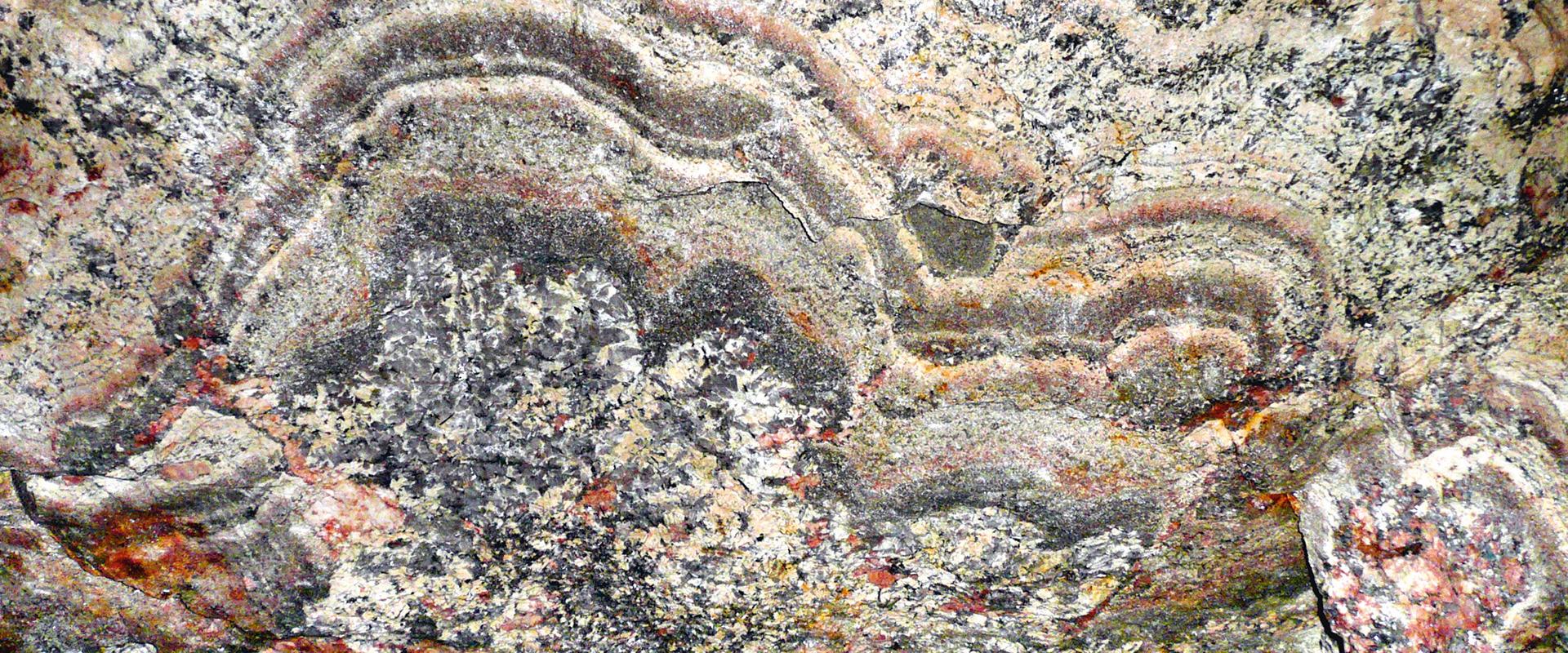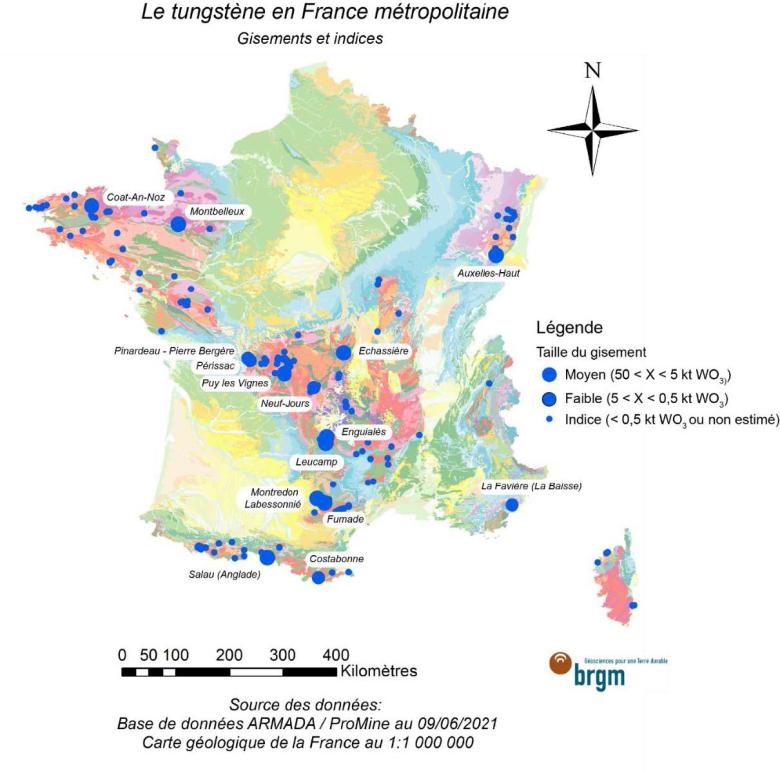The ecological transition and the development of new technologies are creating a growing need for metals. Securing supplies of critical and strategic mineral resources in France and Europe is therefore a major challenge for the coming decades. In this context, BRGM is a major player in the development of France's metal and mineral assets, promoting various existing documentary resources (mining inventory, geophysical surveys) and acquiring new data for France.
In this context, at the end of 2021 BRGM published an atlas of maps showing the known mineable substances in the subsurface of mainland France. It summarises the estimated existing resources, the past production and the geological context associated with the deposits of 24 substances in mainland France: tungsten, antimony, zirconium, cobalt, hafnium, vanadium, niobium, chromium, lithium, beryllium, copper, tin, tellurium, scandium, molybdenum, titanium, indium, selenium, tantalum, nickel, germanium, gallium, silver and gold. The study does not include resources associated with geothermal brine.
In-depth study of mineral resources in France
This atlas is the result of in-depth work carried out since 2016 by BRGM in support of public policies in the field of mineral resources, to supplement, update and confirm the information in the "Gisements, gîtes et indices France" (Deposits and Occurrences in France) database. Established in the 2000s on request from the BRGM Scientific Council, the purpose of this database was to assess the mineral potential of a mining district, region or even mineral belt on the basis of total past production, resources and reserves.
The architecture of this database has been revised in order to certify the data relating to cumulative production, reserves and resources in the past, which is a prerequisite for using this database for predictive mapping methods or for supply chain analyses.
In 2020, a potential application of this database using the predictive DBQ (DataBase Querying) method developed by BRGM was tested. In addition, the database now complies with the European INSPIRE Directive data model for mineral resources.








